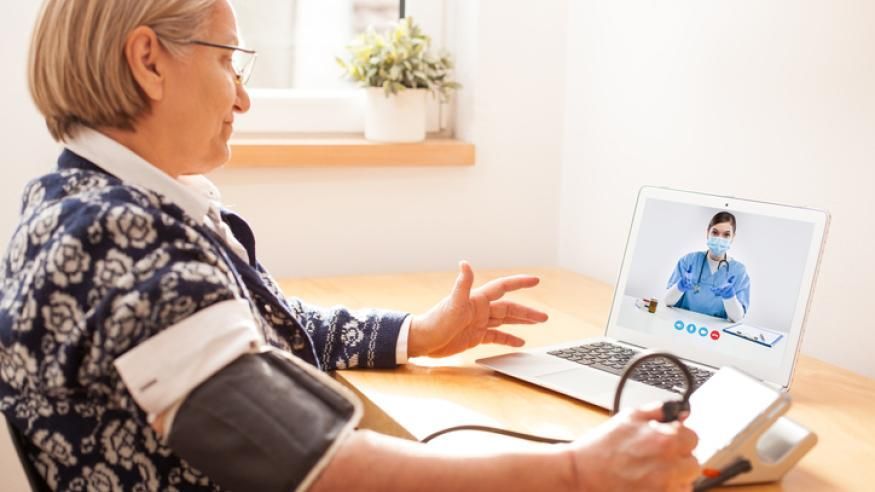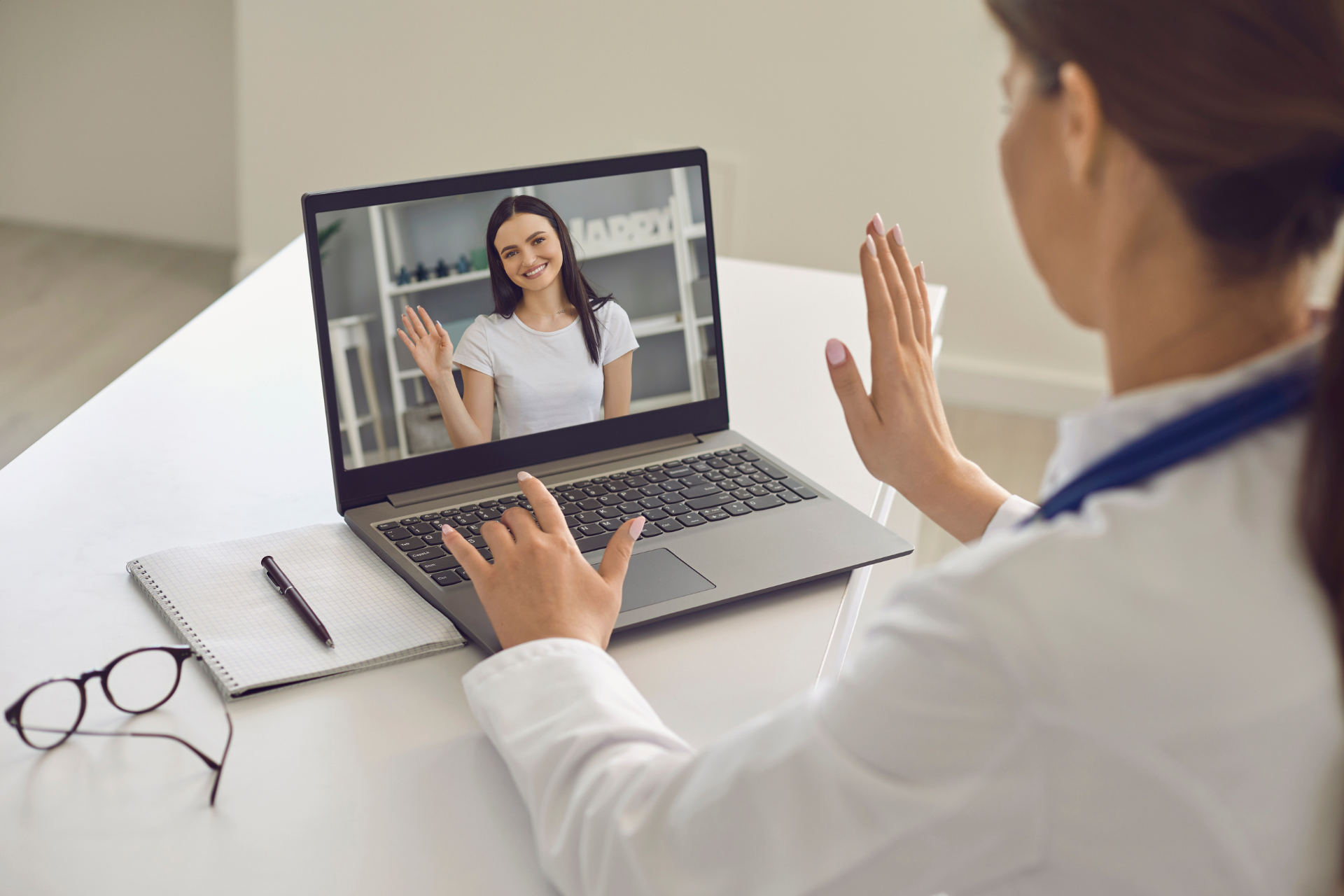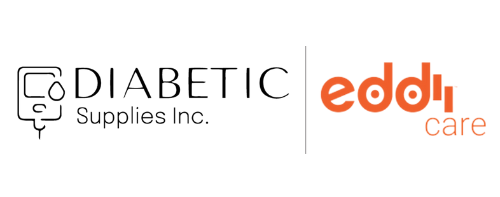Choosing Health Insurance When You Have Diabetes
Choosing Health Insurance When You Have Diabetes
Health insurance options can be overwhelming, especially when you have a condition like diabetes. Here’s how to compare options and make sure you have the coverage you need.
When you have diabetes, adequate and affordable health insurance is necessary to help you get the supplies, medications, education, and health care you need to manage diabetes and prevent or treat complications. But choosing a health insurance plan can feel like an overwhelming task. The good news is it doesn’t have to be that way. Continue reading to learn your health insurance options, how to compare plans, how to appeal decisions, and where to get help if you are underinsured or can’t afford health insurance.
First, taking time to familiarize yourself with important insurance terms can reduce frustration when choosing health insurance. The following terms will help you understand what services your plan will pay for and how much each visit or medicine will cost.
- Deductible. The amount you owe for covered health care services (office visit, procedure, medical device, prescription) before your health insurance or plan begins to pay.
- Copayment. An amount you pay as your share of the cost for a medical service or item, like a doctor's visit. Amanda Kirpitch, a diabetes care and education specialist (DCES) and owner of Nutrition Perspective, LLC, in New Jersey says, “Your copayment amount may be listed on the front of the insurance card and may be different for a primary care provider compared with a specialist.”
- Coinsurance. Your share of the cost for a covered health care service, usually calculated as a percentage (like 20%) of the allowed amount for the service.
- Premium. The amount you pay for your health insurance or plan each month.
- Network. The doctors, hospitals, and suppliers your health insurer has contracted to deliver health care services to their members.
Kirpitch says it’s also important to be familiar with maximum out-of-pocket. “Maximum out-of-pocket is an amount that one’s plan sets for the maximum amount you pay before your insurance covers all the remaining medical costs,” she says.
Another important term to know is durable medical equipment (DME). Kirpitch says, "This portion of one's medical insurance plan may cover supplies such as insulin pumps, meters, test strips, and continuous glucose monitors. Sometimes diabetes supplies can be covered as DME or through the pharmacy benefit, and it's helpful for people to research which may be more cost-effective for them.”
Click here for diaTribe's list of helpful insurance terms.
What to consider when choosing a health insurance plan
When choosing a health plan, first determine when you can enroll. If you have employer-sponsored insurance, the enrollment period will be different from insurance purchased through the Health Insurance Marketplace® created by the Affordable Care Act. The Health Insurance Marketplace, also known as the Marketplace, is a shopping and enrollment service for health insurance. You can learn more about the Marketplace and enrollment dates at Healthcare.gov.
Whether comparing plans sponsored by your employer, buying an individual health plan directly from an insurance company, or applying for coverage through the Marketplace, choosing a plan right for your health needs and budget is essential.
Health insurance plans are designed in different ways, and those differences can impact which providers you can see and how much it will cost.
- Health maintenance organization (HMO) covers care provided only by doctors and hospitals inside the HMO’s network. You are required to get a referral from your primary care physician to see a specialist.
- Preferred provider organization (PPO) covers care provided by both in-network and out-of-network providers, but you pay a higher percentage of the cost for out-of-network care.
- Exclusive provider organization (EPO) is similar to HMO. Health care received by out-of-network providers is not covered, but you may not need a referral to see a specialist.
- Point of service (POS) is a type of plan where you pay less if you use doctors, hospitals, and other health care providers that belong to the plan’s network. POS plans require you to get a referral from your primary care doctor to see a specialist.
When selecting a plan, you must ensure that the health care providers, hospitals, and pharmacies you prefer fall within the plan’s network. You'll also want to consider your medical devices, testing supplies, and prescriptions to determine if they are covered. To learn the specifics about a particular health plan, look at the plan’s summary of benefits available on the insurer’s website or call the insurance company.
Navigating denials and appeals
A denial is when a health insurance company notifies you that they will not cover the cost of your medication or treatment. When a claim is denied, you have the legal right to appeal. Every insurance plan—including private policies and employer-sponsored health plans—must provide a process for reconsideration of a denial. Although filing an appeal can be frustrating, the good news is that over 50% of appeals are successful.
Your health care provider and DCES can help with insurance appeals and answer questions about submitting insurance claims. Kirpitch says, "Diabetes educators advocate for their patients by staying informed of new products and coverage, and helping people with diabetes understand the questions to ask their insurance and health care providers about product coverage." Your health care provider may also have staff members to help with the appeals process. After filing an appeal, it is essential to follow up with the insurance company regularly until you receive an answer.
When Phyllisa Deroze, director of content strategy at dQ&A, wanted to use an insulin pump, her insurance company would not approve it, but Deroze refused to take no for an answer.
“When I decided that I no longer wanted to use multiple daily injections as my diabetes treatment method and wanted to try an insulin pump instead, I was denied. I was denied three times before it was approved. One thing I have come to understand about getting denied in my diabetes care treatment plans is that there is a lot of power in the hands of the physician to appeal the decision. They can decide to keep appealing on your behalf or not at all because they don't want to be bothered. So it's very important to have an understanding with your physician about the device or medication that you're trying to get so that they can help you. You can't be alone [in] an appeal process. You must be a partner with your [health care provider],” says Deroze.
Changing medication for no medical reason
The practice of health insurance companies changing a person’s medication or supplies for non-medical reasons is called non-medical switching. Kate Thomas, chief advocacy & external affairs officer at the Association of Diabetes Care and Education Specialists, says non-medical switching is a practice used by health insurance companies and pharmacy benefit managers to keep costs down. “This can occur in different ways. For example, an insurance company may no longer cover a specific medication or place a medication on a specialty tier that increases the out-of-pocket costs for the individual,” says Thomas.
If your diabetes management is disrupted by non-medical switching, there are several steps you can take to get your original medication reinstated. “People with diabetes can file an appeal with their insurance company to get their original medication reinstated, request an internal review, or even file a complaint with their state’s insurance commissioner or attorney general,” says Thomas.
Learn more about non-medical switching and filing an appeal here.
Insurance and prescription assistance
Advances in diabetes medicines and treatments have skyrocketed in recent years. Unfortunately, the health insurance and prescription drug coverage costs have increased, too. However, you may qualify for assistance through the Marketplace if you can't afford health insurance. Depending on your household size and annual income, the Marketplace can issue premium tax credits and savings on deductibles, copayments, and other out-of-pocket costs to make coverage more affordable. Click here for a checklist of the information you’ll need when applying for assistance.
You may be eligible for prescription assistance if you can't afford prescription drug coverage. You can search The Pharmaceutical Research and Manufacturers of America’s (PhRMA) medicine assistance tool to learn about the resources available through various assistance programs.
A DCES or your health care provider can also help you connect with affordability resources. “Your [health care team] is an important resource and is there to help answer your questions and navigate the challenges within our health care system,” says Thomas. “[They] know that social determinants of health play a critical role in diabetes self-management and can help connect people with diabetes to resources in their community, including food and transportation assistance.”
In summary
Shopping for health insurance can be a manageable experience. The key to success is learning the vocabulary, starting to shop early, comparing your options, and making sure that the medicines you need, the health care providers you see, and the pharmacies you visit are covered.
If you can't afford health insurance or prescription drug coverage, don't hesitate to talk with your health care provider or a DCES. There are resources available to assist you.
Healthy Bites















